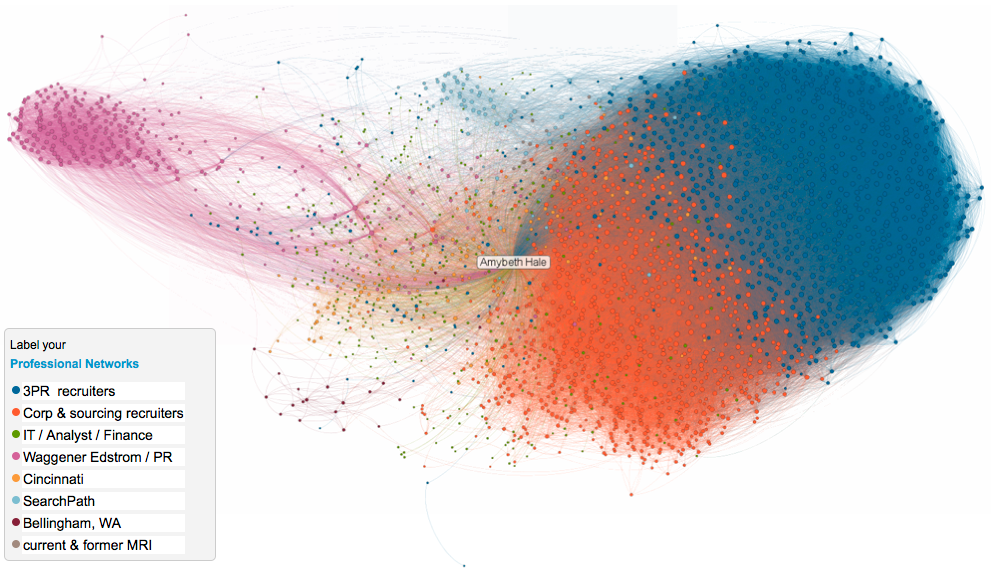For the last year or more, HR industry news and blogs have been full of stories about how broken the current performance review process is. (For a quick history of the performance review, check out this brilliant infographic from WorkSimple below, or click the image at right for a larger view.)
I’m relieved so many have finally breeched the fear of giving up “the way we’ve always done it” and are now ready to face “so what do we do now?”
For an enlightening roundtable discussion on just this topic, I encourage you to read Steve Browne’s excellent summary here at TLNT for a comprehensive list of both the good and the bad of the performance review.
Only half the performance story
The group’s consensus on what to do now was on target:
Should performance reviews live or die? Hate to say this, but . . . it depends! – When you take the overall pulse from the group, they should die (in their current state). When you get together to ‘meet with the principal’ as the overarching theme or setting of the review, they should die. The key factor in making this happen though is HR. This isn’t someone else’s responsibility. HR needs to be the leader in stepping in to handle this. It really is a great opportunity for us to reconvene and make performance reviews effective.”
Annual reviews have their place as formal, process oriented systems that provide a forum for a deep-dive into an employee’s performance over a 12-month period. Such an approach is inherently left-brained, analytically focused. The annual performance review is only half the performance story, however, and must be complemented with strategic recognition.
A complete picture of employee contributions?
Recognition provides the key to social performance management by encouraging less formal, ad-hoc praise and acknowledgement of behaviors, contributions and achievements throughout the year. A people-oriented approach, strategic recognition is frequently offered by peers and colleagues, not just managers.
This right-brain, emotional approach taps into the wisdom of crowds to provide democratic, crowd-sourced performance insights for a more complex and complete picture of employee contributions of which a manager may not be aware.
And yes, HR has a key role to play. What do you see that role being? How can performance reviews be made useful?
 You can find more from Derek Irvine on his Recognize This! blog.
You can find more from Derek Irvine on his Recognize This! blog.
